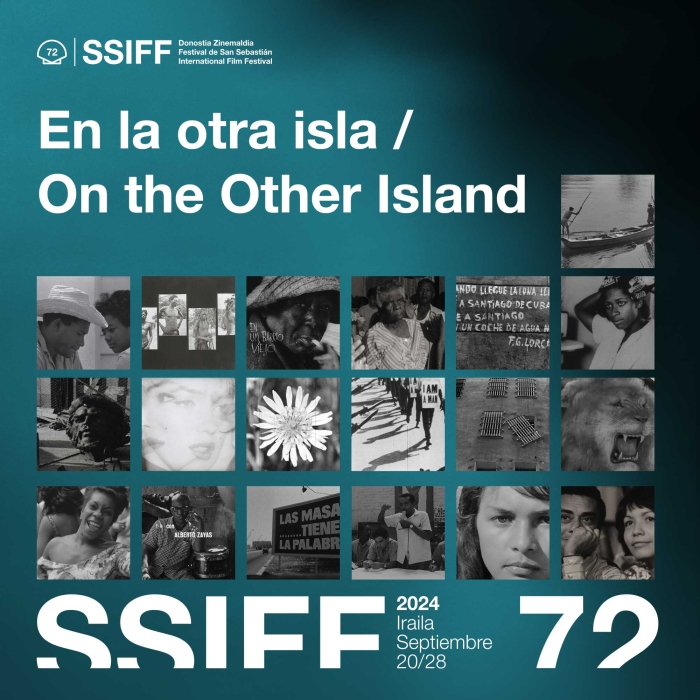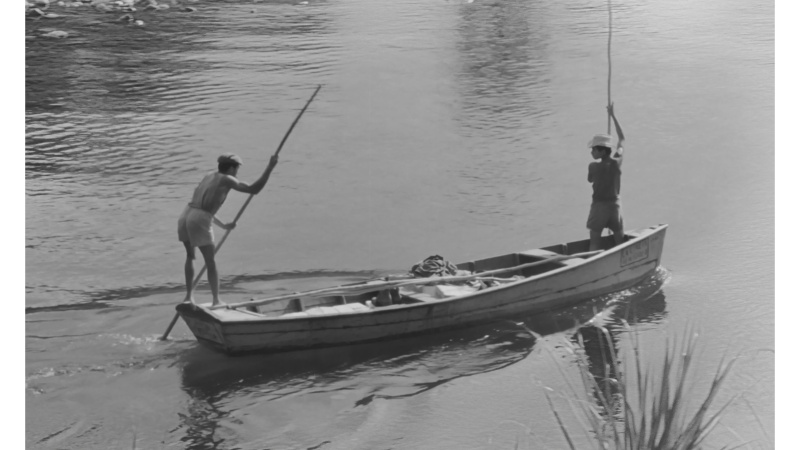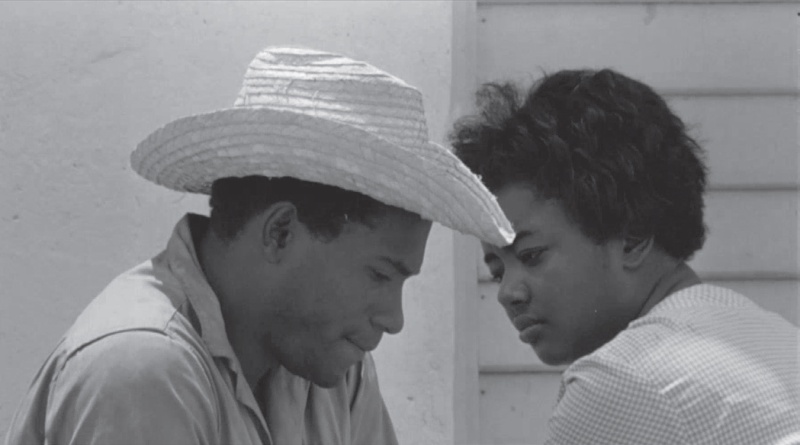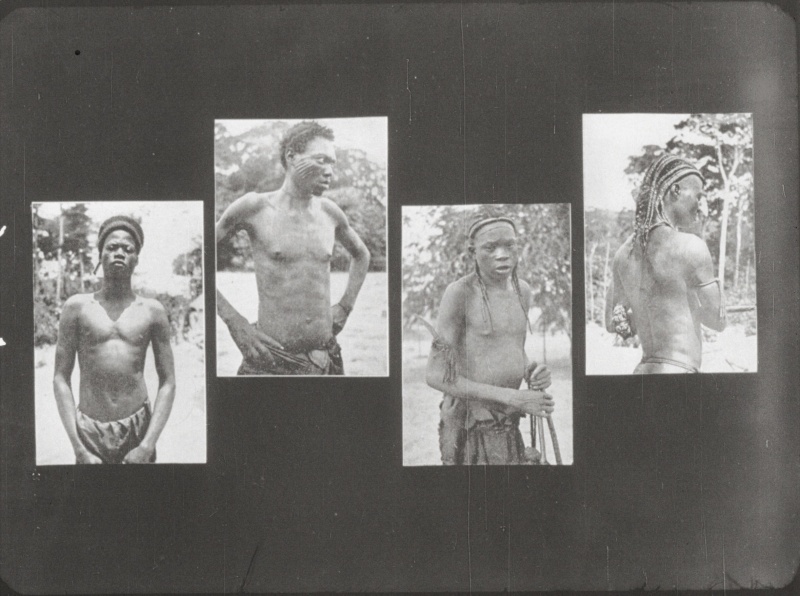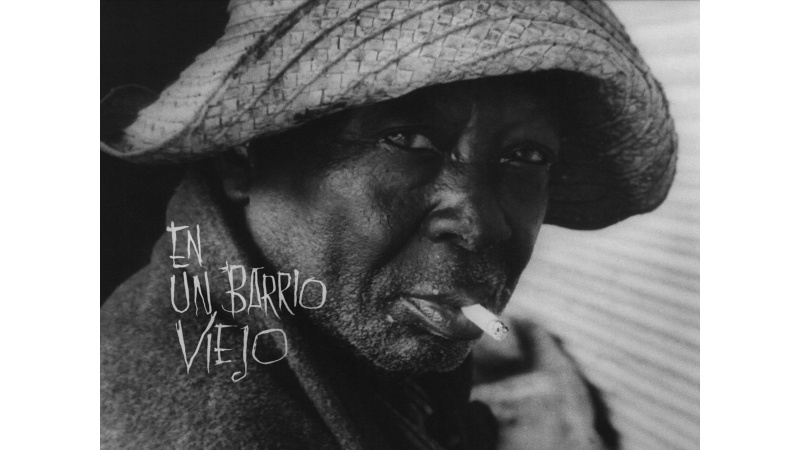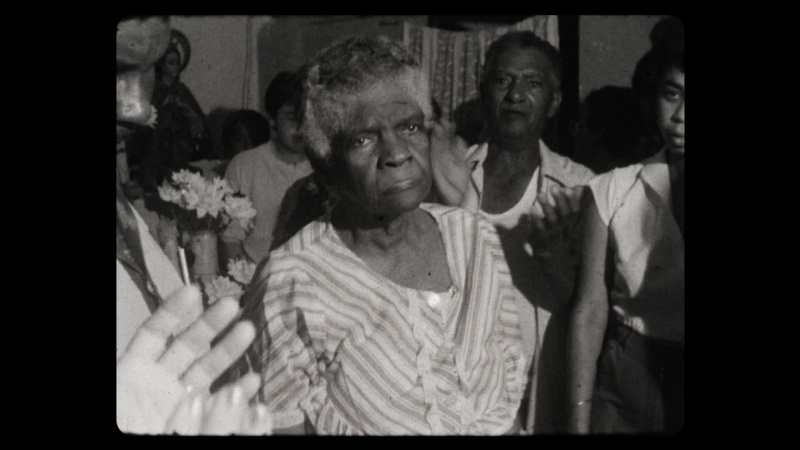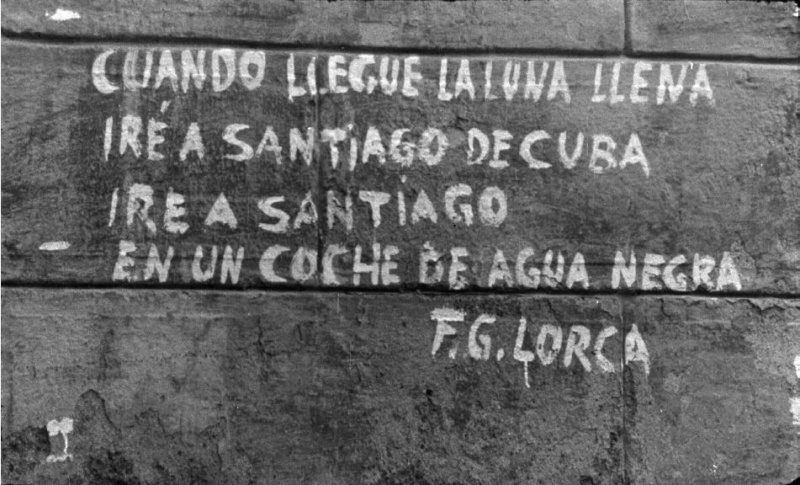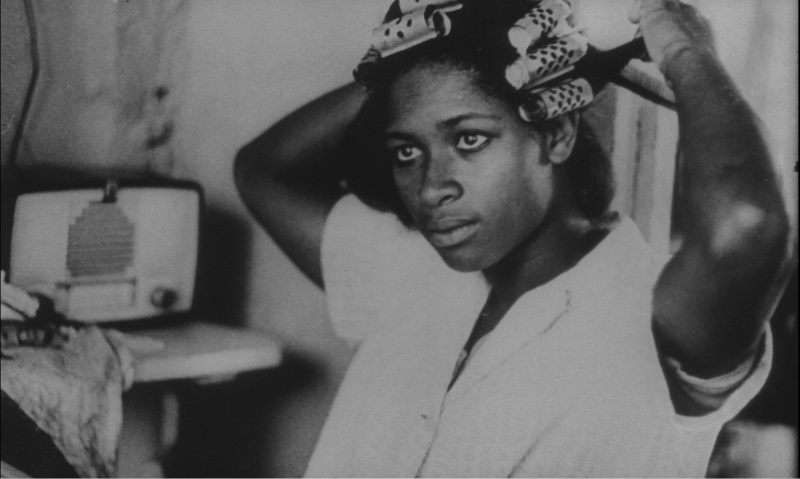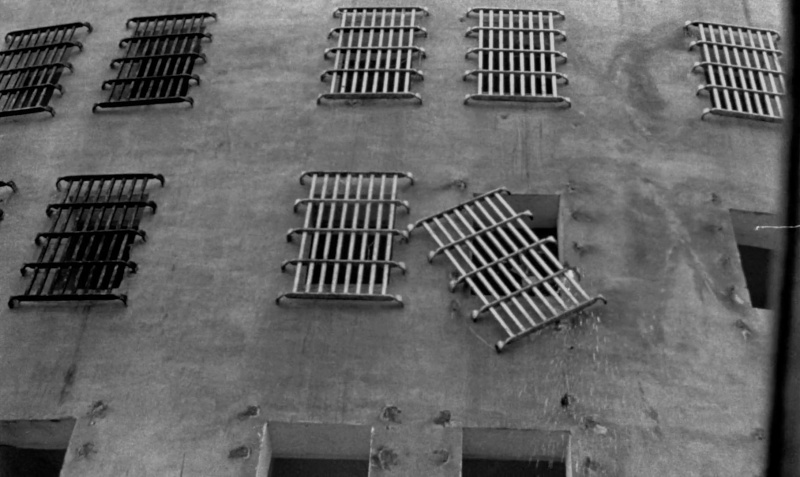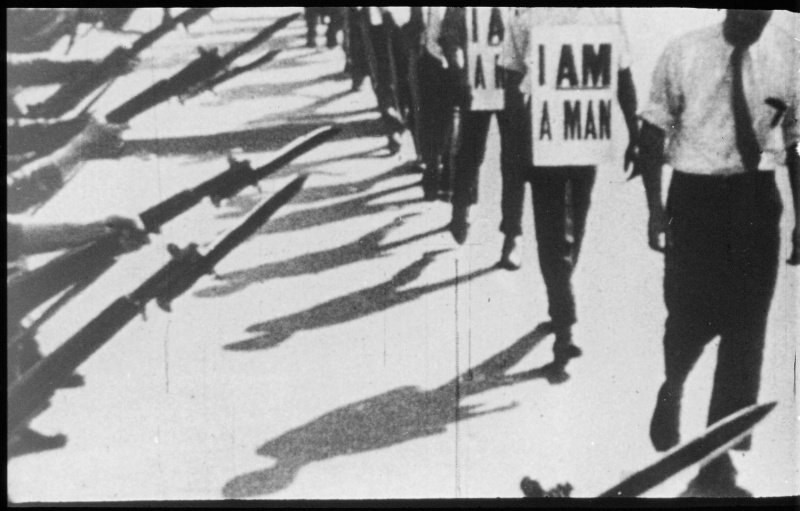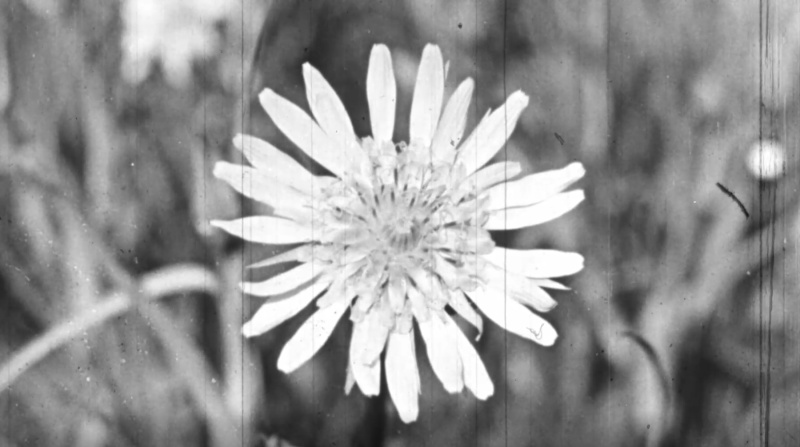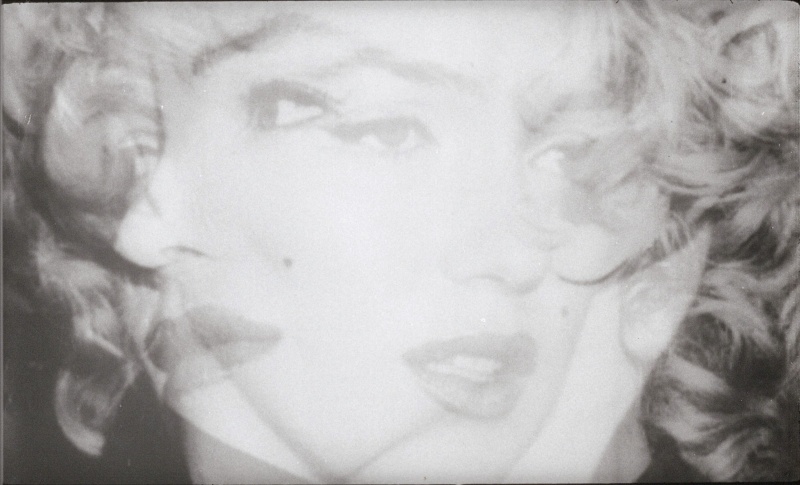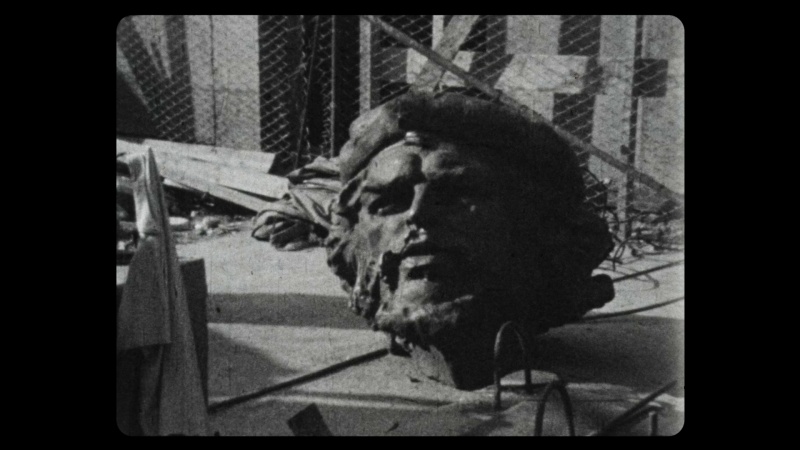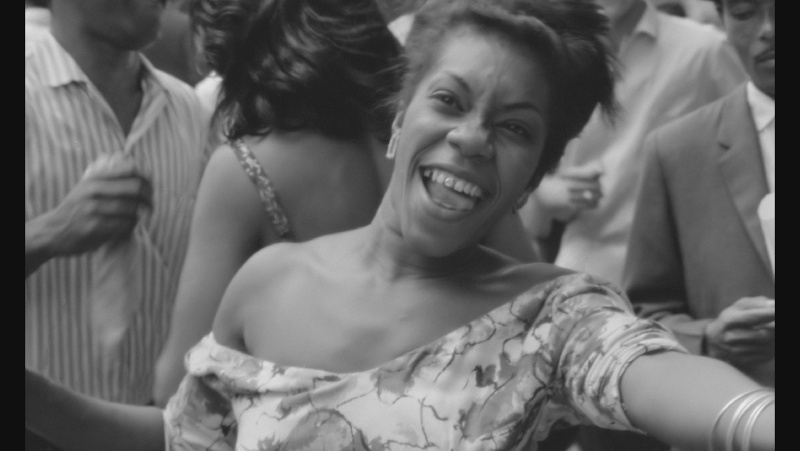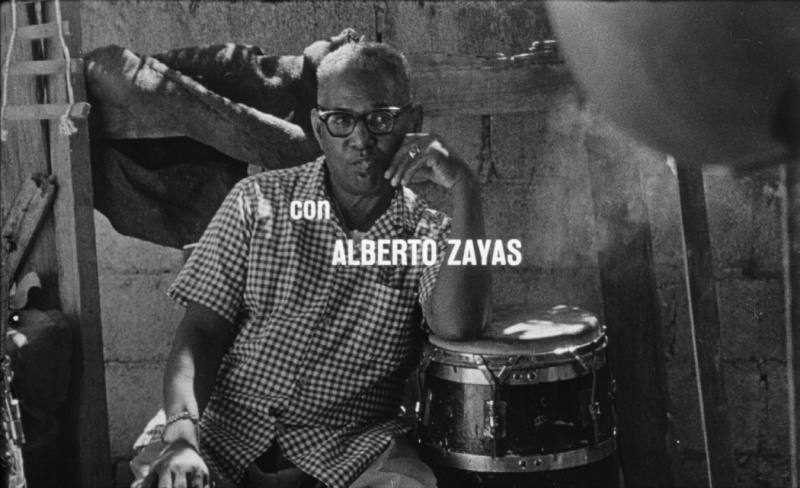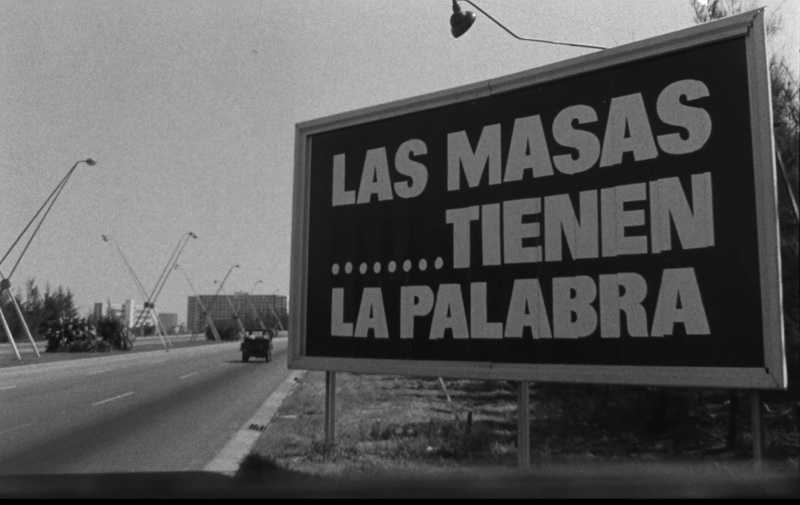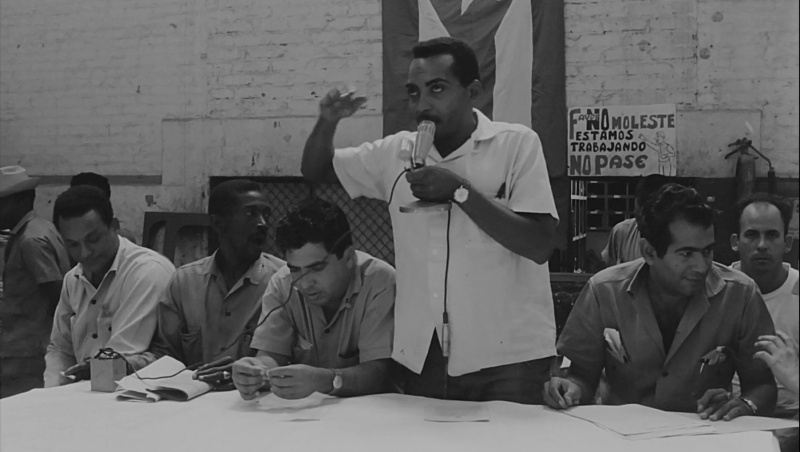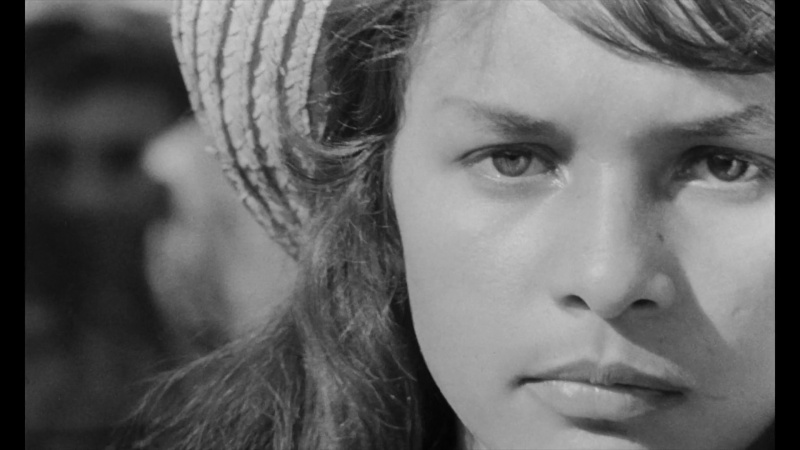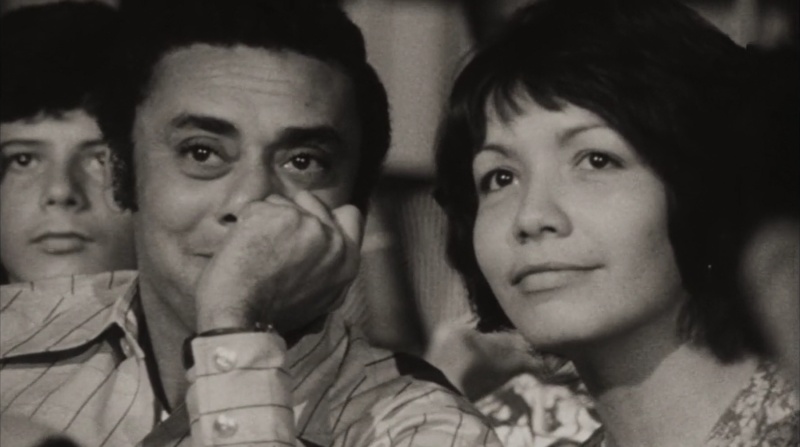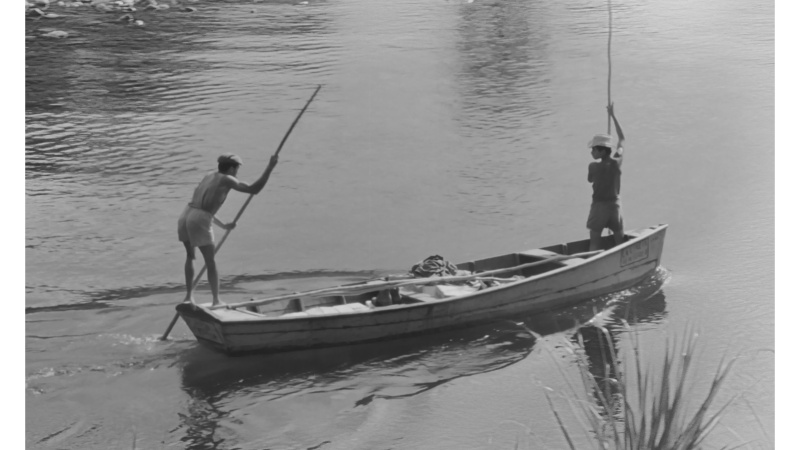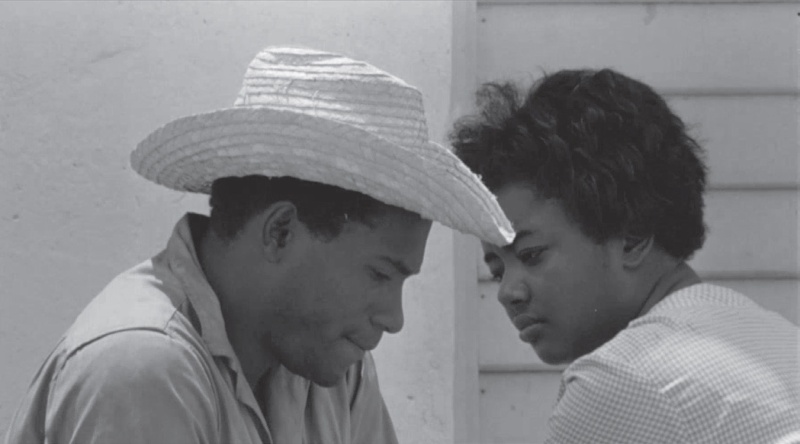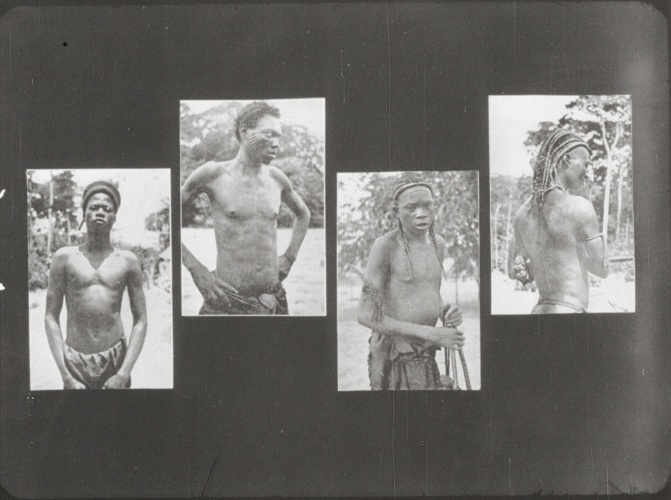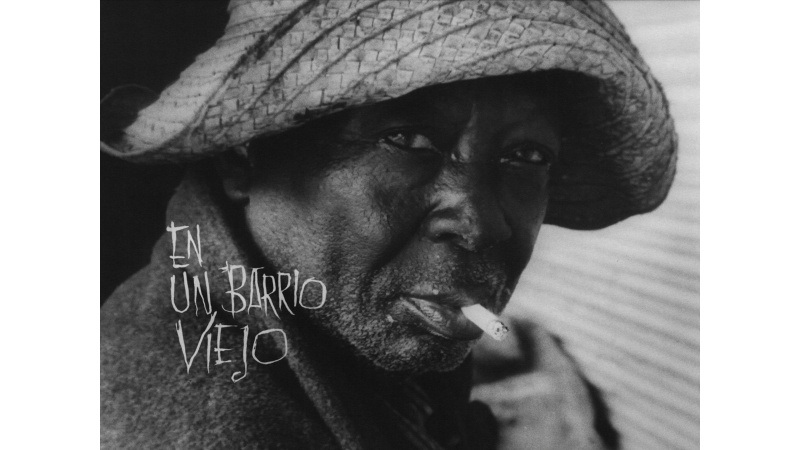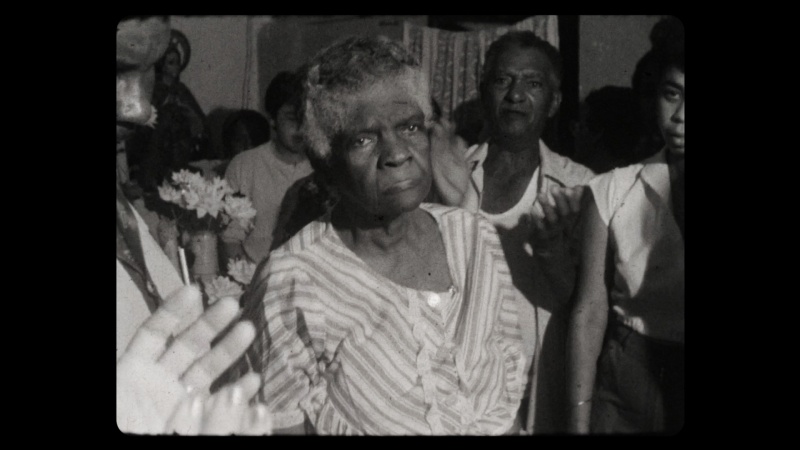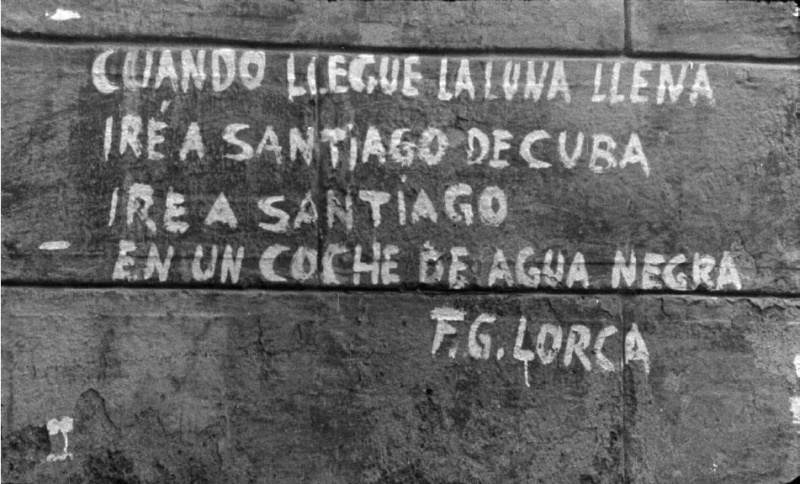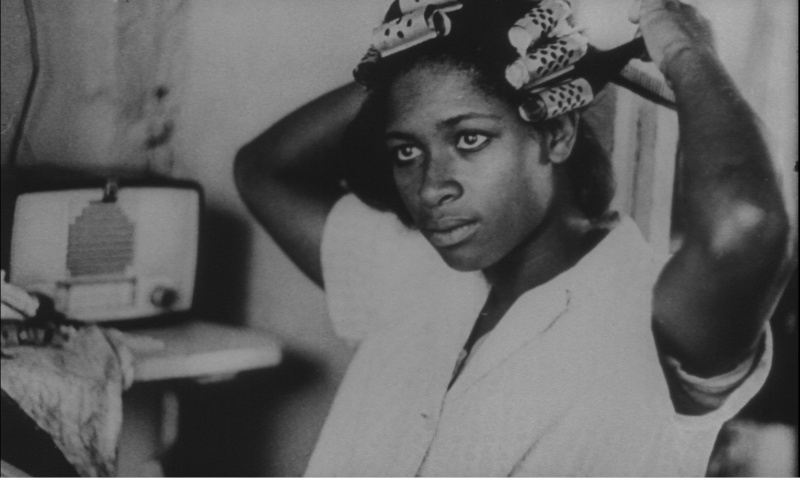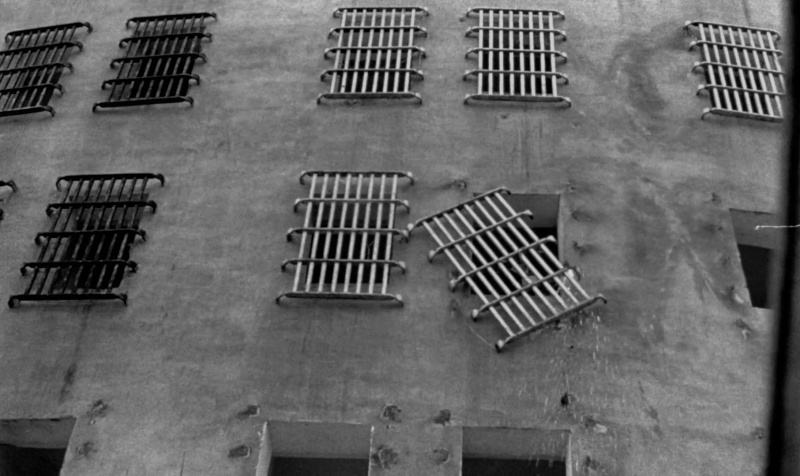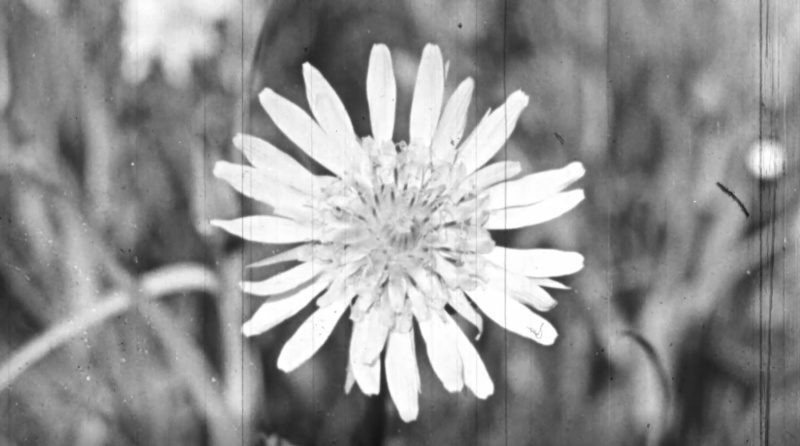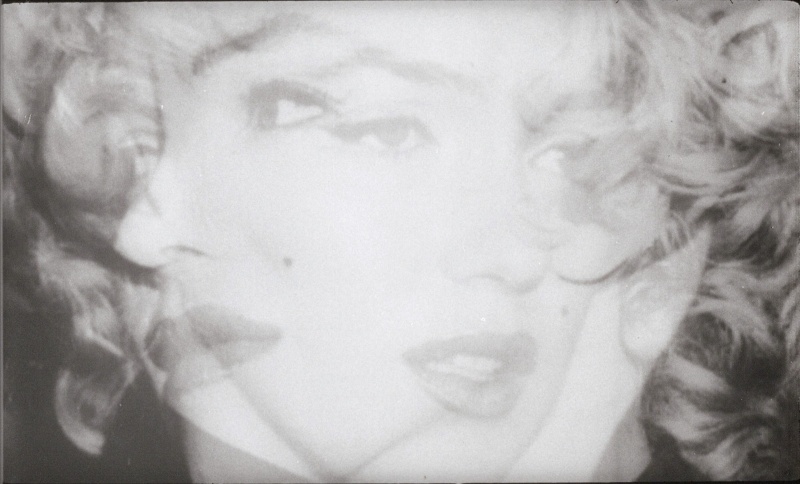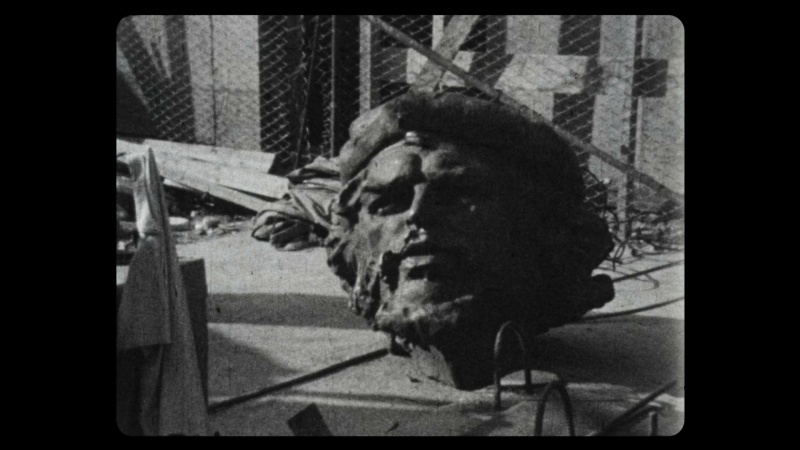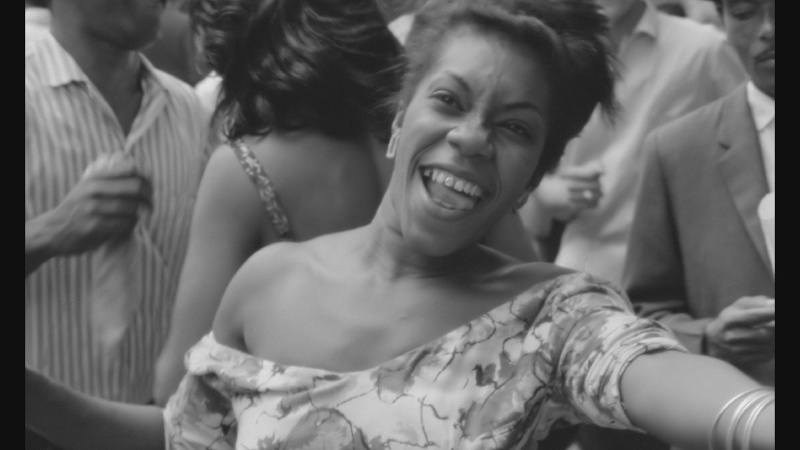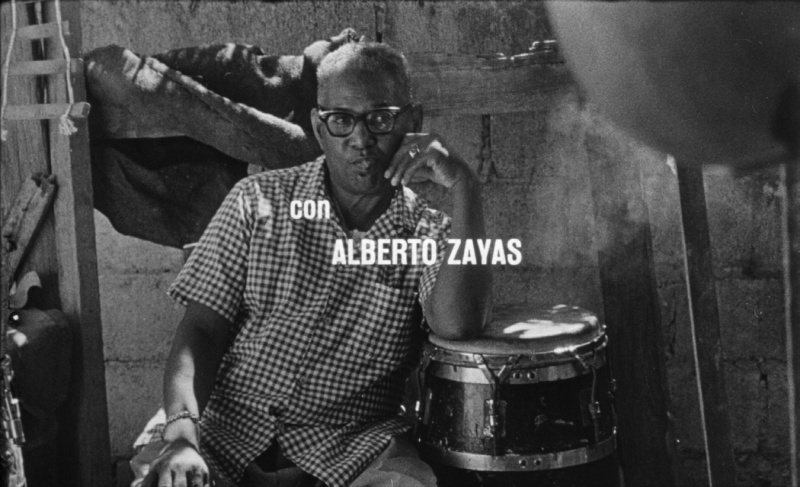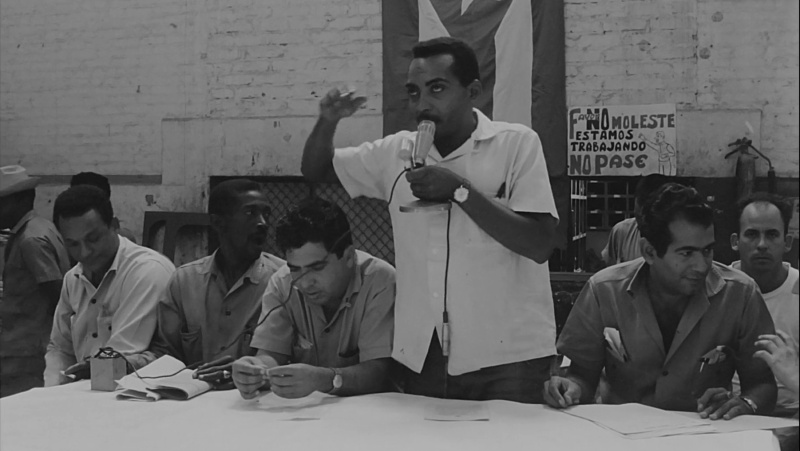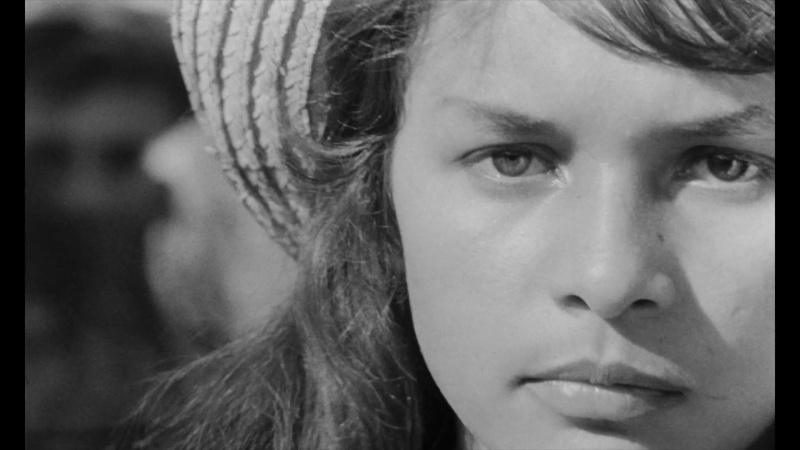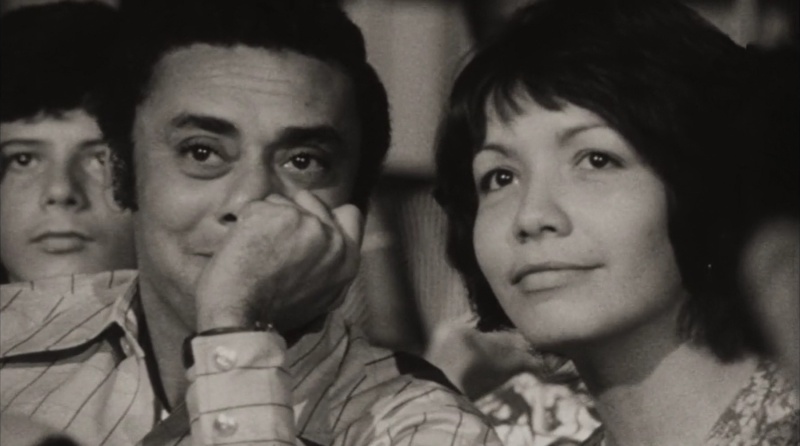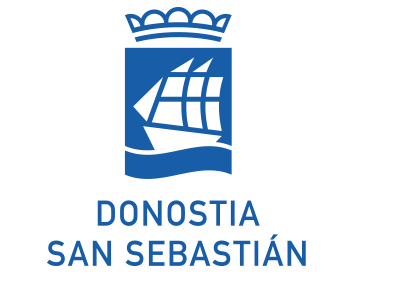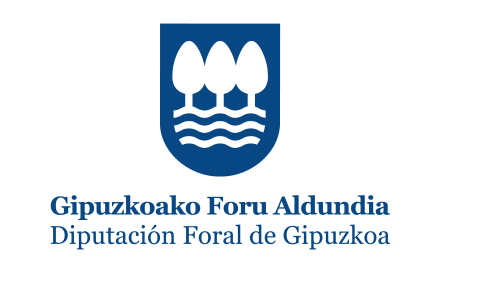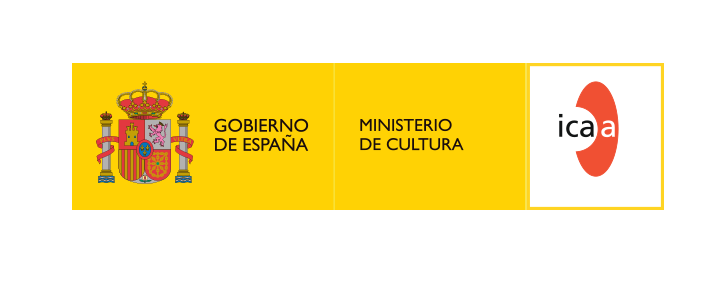The San Sebastian Festival’s 72nd edition will host, as part of its Klasikoak programme, the season entitled En la otra isla / On the Other Island, a selection of 18 restored Cuban films dating from the 1960s to the 1980s. The proposal of the Festival, of the Elías Querejeta Zine Eskola (EQZE), which has actively participated in the restoration, and of the Filmoteca Vasca, will be split into five showings, bringing largely unseen works by filmmakers including Sara Gómez and Nicolás Guillén Landrián, approved figures such as Santiago Álvarez and amateur creators operating outside the institutional structures.
The films —in many cases programmed as world premieres or showing for the first time in Spain— are digital restorations resulting from the collaboration between Cuban bodies (Cinemateca de Cuba, ICAIC, filmmakers and private individuals) and international institutions such as the self-same Elías Querejeta Zine Eskola, through its Film Restoration and Preservation Department, Vulnerable Media Lab / Queen’s University (Canada), Arsenal-Institut für Film und Videokunst (Germany), Altahabana Films (Madrid), the Archivistas Salvajes collective (Cuba-San Sebastian) and the Institut National de l’Audiovisuel (France).
The programme, to screen at the Elías Querejeta Zine Eskola’s new film theatre in Tabakalera, located on the ground floor of the building, will close with De cierta manera / One Way or Another by Sara Gómez, the first feature film made by a female Cuban director, which was presented by the Festival in the Neighbourhood and Towns initiative in 1977 and was screened yet again in the You Only Live Once retrospective (1988).
In 2024 the San Sebastian Festival and the Filmoteca Vasca have promoted a festival of classic movies extended over time and space, grouped into three seasons: the dozen or so restored films programmed during the year by the Filmoteca at several cultural institutions throughout the Basque Autonomous Community, Navarre and the French Basque Country; the six films in the Klasikoak section already announced to screen at the Festival in September; and the retrospective dedicated to the poliziesco genre, entitled Violent Italy. Italian Crime Films. This year, a season of restored Cuban films from the 60s to the 80s will also be screened.
Klasikoak inherits San Sebastian Festival’s long-standing tradition of recovering the work of both moviemakers and the periods, subjects and languages of film in place almost since its beginnings, starting with the retrospective dedicated to René Clair in 1959, and the determined commitment of the Filmoteca Vasca both to restore films and to bring them to notice.
'EN LA OTRA ISLA /
ON THE OTHER ISLAND' PROGRAMME
Es bueno que esto lo vean en La Habana
(It's good for them to see this in Havana)
Landrián travelled to the Baracoa province with his cameraman, Livio Delgado. Of the three films they shot there, the most famous is Ociel del Toa: a poetic and sensual meditation on rural life and the everyday paces of work. Ociel, a 13-year-old boy, plies the Toa river in his canoe.
Survey carried out on Isle of Pines (today Isle of Youth), where a new generation of young people is being educated.
Toda mi sangre grita Mozambique
(All my blood screams Mozambique)
Condemns racial discrimination in Cuba from the colonial era until the triumph of the Revolution.
In one of his first works, Landrían presents a series of snapshots of everyday life in a district of Havana (Old Havana) while drawing an extraordinary portrait of Cuba, its melting pot of races, santería, generations, collapse of the social classes with the arrival of new socialism. Fidel Castro is said to have labelled the film as "frenchified".
On 3rd May, in a country home in Santa Fé, a small town in the heart of Camajauní, Cuba, the Fusté family, descendents of Cimarron slaves, celebrates the Exaltation of the Holy Cross in a unique religious ritual combining Yoruba, Christian and spiritualist elements. The ritual exorcises the dead and invites them to possess the bodies of the living in order to invoke rain and harvests.
In Santiago it is much more obvious that Cuba is an island in the West Indies. It is the city of history and the city of myth. Haiti and its revolution, pirates and earthquakes have left their mark on Santiago, on the life of the man of Santiago, with its steps. In Santiago de Cuba you must make your way up, up, up before falling into the Carnival.
After two years in prison for "ideological diversionism", among other reasons, Nicolás Guillén Landrián was readmitted to the ICAIC. There he was given his first official assignment, a didactic film on coffee production.
Segunda mano (Second Hand)
A look at Isle of Pines since its discovery, construction of the Modelo Prison for offenders and revolutionaries and how a new society was built there in the 60s with the participation of young people.
Political satire-cum-historical and educational rundown of violence in the USA under the mandate of Lyndon B. Johnson, from 1963 to 1969. Reusing a variety of archive footage and interviews, the film analyses US policy, by looking back at the murders of Martin Luther King Jr., John and Bob Kennedy.
Through the life of Vietnam leader Ho Chi Minh, poet, guerrilla fighter, statesman, we see the age-old struggle of his people against all empires who tried to conquer it, and the pain unleashed by his death.
A reading of the poem Oración por Marilyn Monroe, by the Nicaraguan poet Ernesto Cardenal, serves to connect the fatal demise of the mythical actress with the misery and exploitation of American childhood. An icon of popular culture, images of Marilyn Monroe are reappropriated and given a new meaning based on editing as a symbol of imperialist oppression and humiliation. The prayer is not only for the goddess of cinema, but for all humanity.
In 1988, the Cuban State started to build a monumental tomb for the guerrilla fighter Ernesto 'Che' Guevara, despite the fact that his body was still missing in the Bolivian forest. Amid controversies and conspiracy theories, the Communist Party commissioned aficionado filmmakers Secades and Garcia to document the work, with the backing and supervision of the revolutionary armed forces. Nace una plaza is the documentary resulting from this experience.
Cuba trabaja y se divierte (Cuba works and has fun)
A lively and joyful tribute to the dance culture of the Cuban people. With an original score by the famous composer Pello El Afrokán, Mozambique, the film is a sweeping celebration of Havana's musical nightlife. The movie was considered provocative, at a time when the Revolution was pushing the population to increase economic production.
The film examines Cuban music, its basic instruments and their development set around a conversation with the musician and instrument-maker, Alberto Zayas, who uses examples of different rhythms to illustrate and confirm the existence of a Cuban way of making music.
In the batey of the Cuba Libre sugar mill, in Matanzas province, a General Meeting of neighbours is called to elect the People's Power president. The documentary shows how the stage is set for this meeting at human and physical level.
The building of buses to solve the urban transport problem. This is one of the last documentaries made by the Afro-Cuban filmmaker before his final expulsion from the ICAIC in 1972. It alternates shots of the assembly of buses designed to transport workers with the political representation and participation of the workers in the meetings held on the shop floor.
Documentary about a plenary session of farmers who have decided to kill ignorance, an enormous rag doll that they brandish standard-like and set on fire. In the director's words: "l tried to make highly subjective, highly personal and highly experimental, completely experimental films, something I didn't succeed in doing because it was said that I was chaotic. I was a bit nervous when I started these films, because the pressure I was living under in Havana was slowly driving me mad."
De cierta manera (One Way or Another)
A new community teacher confronts the differences and conflicts surfacing in her love affair with a worker from the Miraflores district, result of the early efforts of the Revolution to get rid of the more deprived neighbourhoods. The film embraces and expands upon the myriad concerns explored by the moviemaker in her earlier short films to reveal the complexities of discrimination, revolutionary modernisation, race and gender.

